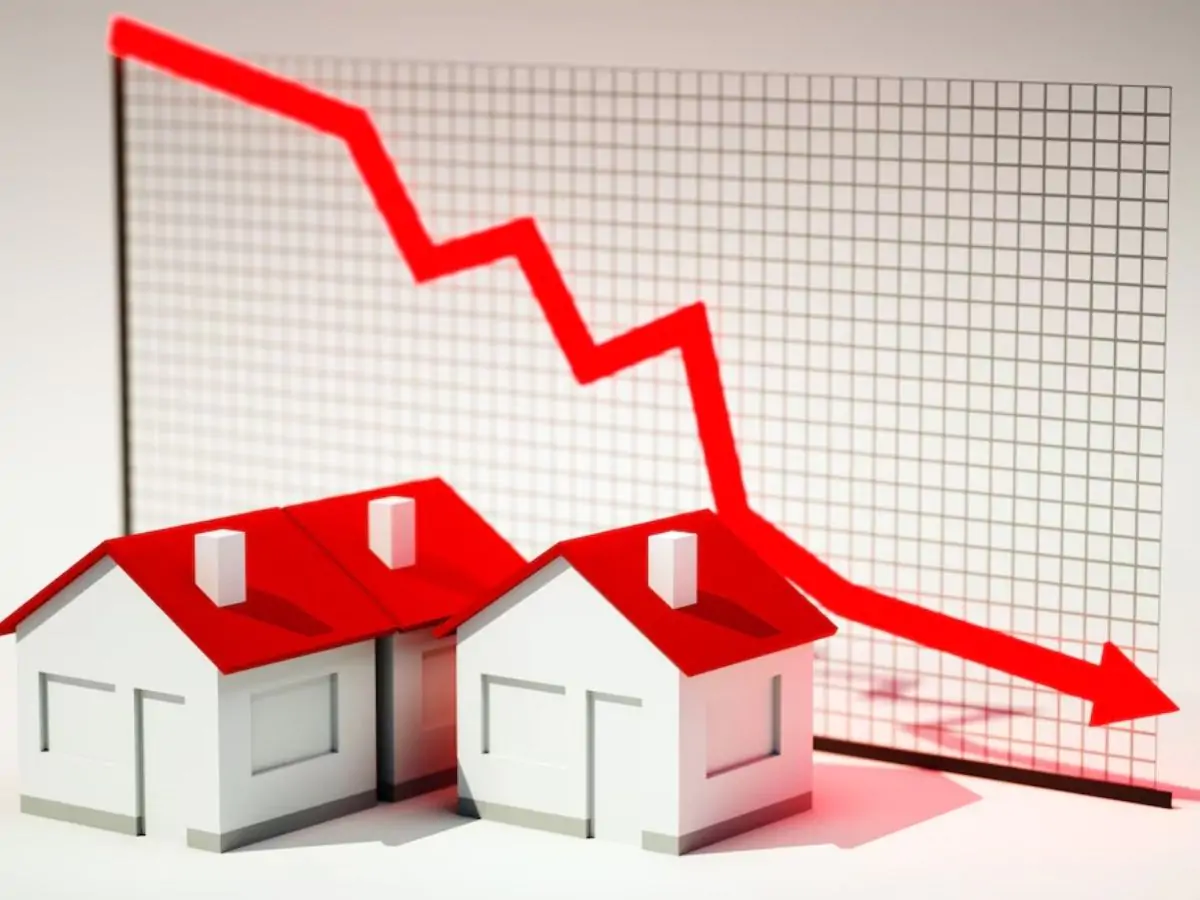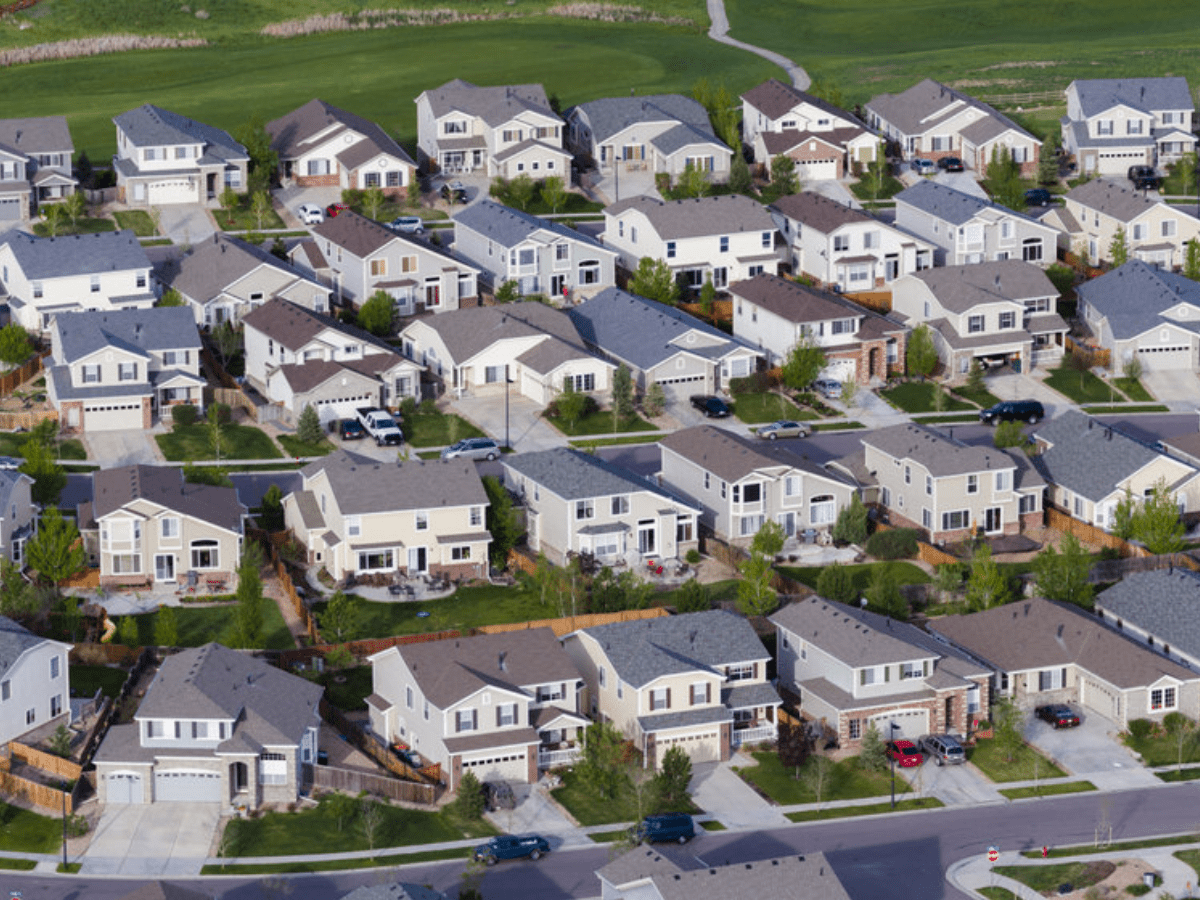
Buyers Get a Bit of Breathing Room as Mortgage Rates Tick Down Again
After years of red-hot competition and sky-high prices, homebuyers are finally starting to catch a break—at least a small one. Mortgage rates fell for the second week in a row, dipping to 6.77% for a 30-year fixed loan. It’s not a dramatic drop, but in a market that’s been tough on buyers for a long time, even a little shift can go a long way.
This recent move comes as the Federal Reserve continues to play it safe, keeping interest rates steady while monitoring inflation, which is showing some signs of easing. According to the latest data, the Fed’s preferred inflation gauge rose 2.3% over the past year. That’s not quite the 2% target, but it’s getting closer. Meanwhile, core inflation—what you get when you strip out food and energy—nudged a bit higher, showing that the economy still has some heat left in it.
At the same time, consumer confidence has taken a bit of a hit. People are feeling uneasy about the economy and what the future holds. That uncertainty has added downward pressure on rates, helping ease borrowing costs for buyers, at least for now.
Inventory Is Climbing, Slowly
One of the biggest hurdles in the housing market has been the lack of homes for sale. But that’s starting to change. In May, the number of existing homes on the market rose, pushing the months supply to its highest level in nearly nine years. While we’re not officially in a buyer’s market just yet, things are shifting.
In particular, buyers are gaining some ground in parts of the South and West—regions where prices had surged early in the pandemic but are now leveling off. In fact, two of the few major metros to see year-over-year price declines were in the South: Tampa, Florida, and Dallas, Texas.
Nationwide, the median home price for properties that sold in May was $422,800. It’s still a hefty number, but the pace of price growth is cooling. That’s especially true when you look at the April Case-Shiller home price index, which revealed a growing divide in regional price trends. Cities like New York, Chicago, and Detroit saw strong gains, while others—particularly in the South—lagged behind.
Early Signs Point to More Activity Ahead
If you’re wondering whether more people are starting to buy, the answer seems to be yes—though slowly. Pending home sales, which are a good early signal of upcoming closed sales, rose in May. That’s a hopeful sign that existing-home sales could keep climbing in the months ahead.
But builders may be feeling the pinch. New-home sales actually dropped in May compared to both the prior month and the year before. For the last few years, homebuilders were the main show in town, with many buyers turning to new construction because there simply wasn’t much else to choose from. Now that more existing homeowners are listing their properties, builders have stiffer competition.
And it’s not just about quantity, it’s about timing, too. Realtor.com®’s weekly housing data shows homes are spending a bit more time on the market, though the pace of that change has slowed. New listings and active inventory are still rising, but not as fast as they were earlier in the year. That could pump the brakes on the buyer-friendly momentum we’ve been seeing.
Affordability Still Out of Reach for Many
Even with these shifts, affordability remains one of the biggest issues in today’s market. A common rule of thumb is that housing costs shouldn’t eat up more than 30% of your income. But in much of the country, that’s becoming harder—and in some places, nearly impossible—to follow.
According to a recent Realtor.com study, only three metro areas allowed the typical buyer earning a median income to stay within that 30% limit in May: Pittsburgh, Detroit, and St. Louis. All three offer relatively stable home prices and solid incomes.
At the other end of the spectrum? Unsurprisingly, it’s California. Los Angeles, San Diego, and San Jose continue to rank as some of the most unaffordable places in the country. High home prices and stiff competition make it tough for even well-off buyers to get their foot in the door.
A Market in Transition
So where does that leave us? The housing market in mid-2025 is a mixed bag. Mortgage rates are trending down—good news for buyers—but affordability remains a challenge. Inventory is rising, giving buyers more options, but it’s still not enough to fully balance the scales. And while regional differences are becoming more pronounced, the big picture is this: Buyers are slowly getting back some of the power they lost during the frenzied pandemic-era housing boom.
Whether this shift continues depends on a lot of moving parts—from inflation and interest rates to consumer sentiment and the pace of new listings. But for now, at least, the tide is starting to turn.
And for weary buyers who’ve spent years being outbid or priced out, that’s a welcome change.



